Contemporary realism is an art movement that celebrates representational, well-executed paintings created with high technical skill. Sub-categories within it include figurative realism, narrative paintings, photorealism, and hyperrealism.
Realism Today celebrates the thousands of American artists who have been trained in traditional methods; and it is particularly significant because it offers yet another outlet of information and ideas for this booming field. (Read “Another Milestone for Contemporary Realism.”)
What is Contemporary Realism? “Realism as an historical art movement upended the fixation on ‘nature perfected’ as an aim of art and engaged with what is, rather than what could be or what was,” says master artist Juliette Aristides. “Contemporary realism claims that our time is now, and helps others see the interest and fragile beauty of our own day.”
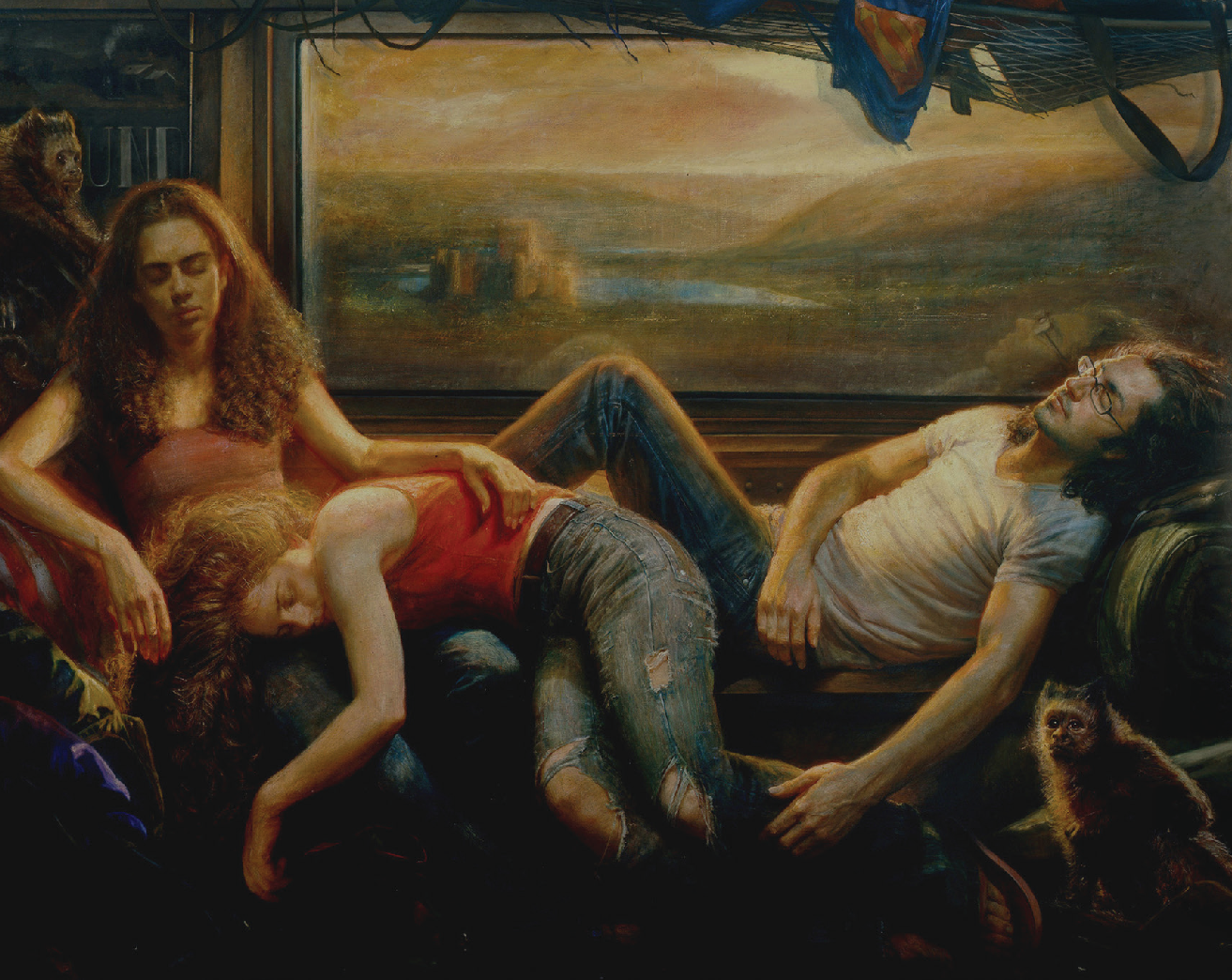
Related Article: The Narrative Paintings of Steven Assael
Modern Realism?
BY PETER TRIPPI
Editor-in-Chief, Fine Art Connoisseur
Realism Today Advisory Board Member
For well over a decade, artists, curators, and collectors have debated whether the term “contemporary realism” makes sense generally, and specifically to folks who aren’t familiar with the movement. Though some say names don’t matter, I disagree — “branding” is everything in our society, so if people can quickly grasp who you are, things just work better.
When you browse Fine Art Connoisseur, you’ll see lots of representational artworks made recently. By “representational,” I mean representing something recognizable. It’s a mouthful of a word, and not exactly enticing, so generally we use “realist” or “realism” instead. Problem is, “realism” has encompassed so much over time that it’s hard to visualize what it is now — is it the peasant scenes made by Gustave Courbet in the mid-19th century, the gritty visions of city life painted by John Sloan or Edward Hopper, the slick surfaces of 1960s photorealism, the meticulous draftsmanship of 1990s classical realism? “Realism” is far from perfect, but it’s what we’ve got in our vocabulary for now.
More easily replaced, perhaps, is “contemporary.” How about “modern” instead? Purists say that “modernism” started in the late 19th century, reached its apogee during the mid-20th century, and lost its mojo in the 1980s. That may be true technically, but “modern” sure still has currency in the wide world. Every generation considers itself modern, and it’s no accident that Modern Family has been a hit TV series since 2009; it is literally too old to be modern anymore, but we know exactly why it retains that name.
In the art arena, “modern realism” has been uttered by quite a few experts over the years, referencing an array of artworks that we love here at Realism Today and Fine Art Connoisseur. The Smithsonian American Art Museum used it to describe the marvelous Sara Roby collection it exhibited in 2014.
The thoughtful curators at London’s Tate galleries use the term “modern realism” regularly. According to the Tate, “modern realism” is “applied to painting or sculpture created since the development of abstraction in modern art but which continues to represent things in a realistic manner.”
Not surprisingly, the American scholar John Wilmerding has used “modern realism” to describe the world of Edward Hopper and Andrew Wyeth, among other masters:
.
Does any of this matter? Possibly not, but I think it’s helpful to stir the pot every now and then, to remind everyone that the exciting art now being made across America (and indeed the world) will be better appreciated if “newcomers” know what to call it. Perhaps there’s something snappier about “modern realism” than “contemporary realism,” so please mull it over and let me know what you think in the comments below. ~Peter Trippi
Related Article from the Met: How the Groundbreaking Realism Movement Revolutionized Art History

Related Article: Photorealism with Meaningful Metaphors
What is Contemporary Realism in Art?
Our Realism Today audience shares their answers here:
Contemporary Realism…
… “is classical techniques with contemporary subject and composition.” ~ Nanci France-Vaz
… “is art that seeks mimesis, with rigorous academic technique, but with an imaginary that shows situations of the present time.” ~Francisco Badilla
… “is a mirror held up to the artist’s world. My art is a narrative that tells the stories I’m living. I use my pencil like a slowly developing Polaroid picture that reflects my world as I move through it.” ~Sandra Angelo
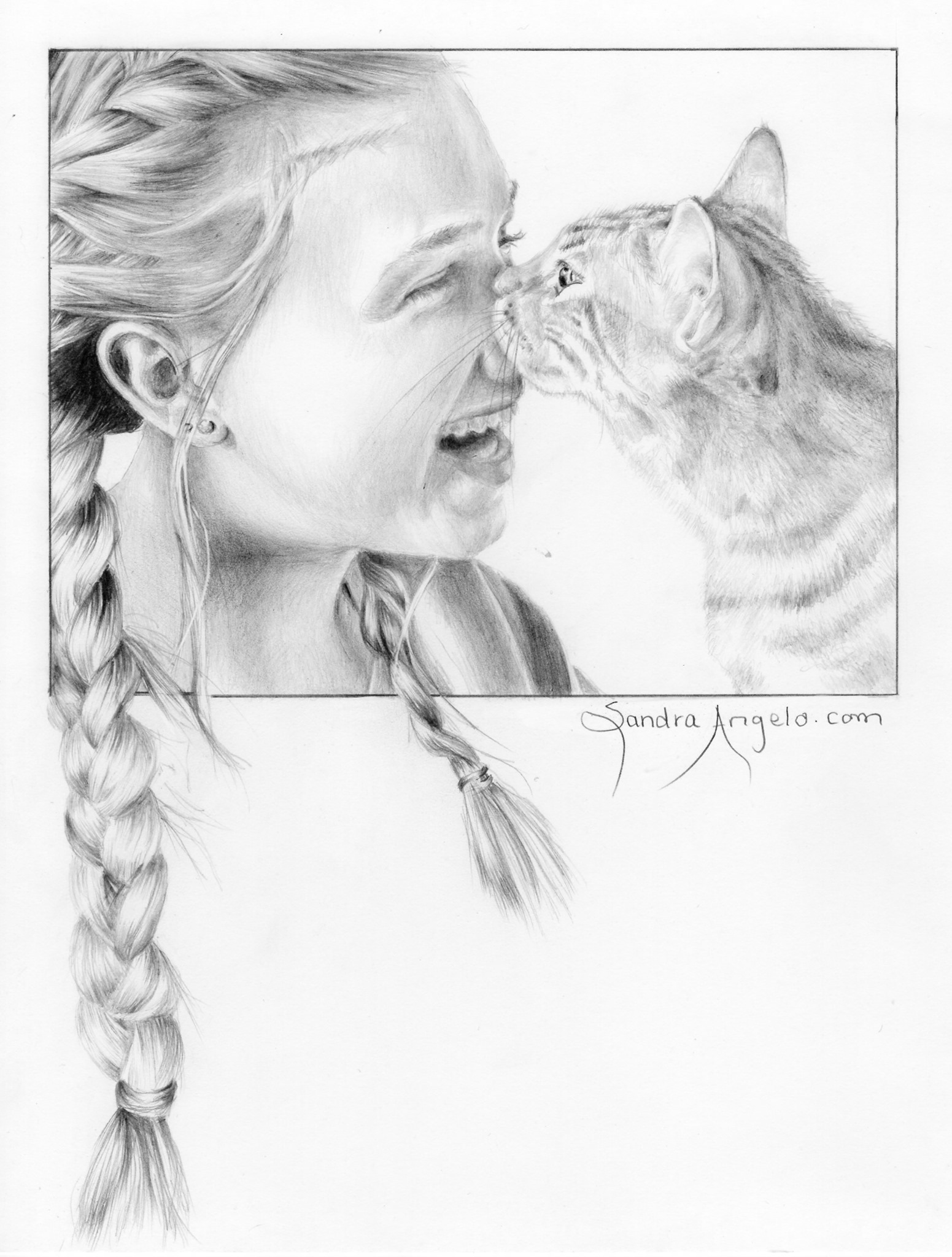
… “painting things as they are while leaving a little for interpretation of the viewer.” ~Carolyn Bryan Hancock
… “should reflect Classicism with modern subjects. When I studied art, the big thing was teaching how to make a personal ‘statement’ through art – not a universal declaration about the subject – and art.” ~Patricia Iacuzzi
… “is a movement that respects the academic rigors of the past, but allows expression for our modern sensibilities. In ‘Reclining Nude (Unsettled)’, I used a modern camera to catch the model before she could settle down for a standard, academic reclining nude pose on the antique couch. I believe the awkward pose reflects our modern discomfort with nudity, and old traditions.” ~Jeffery Mathison
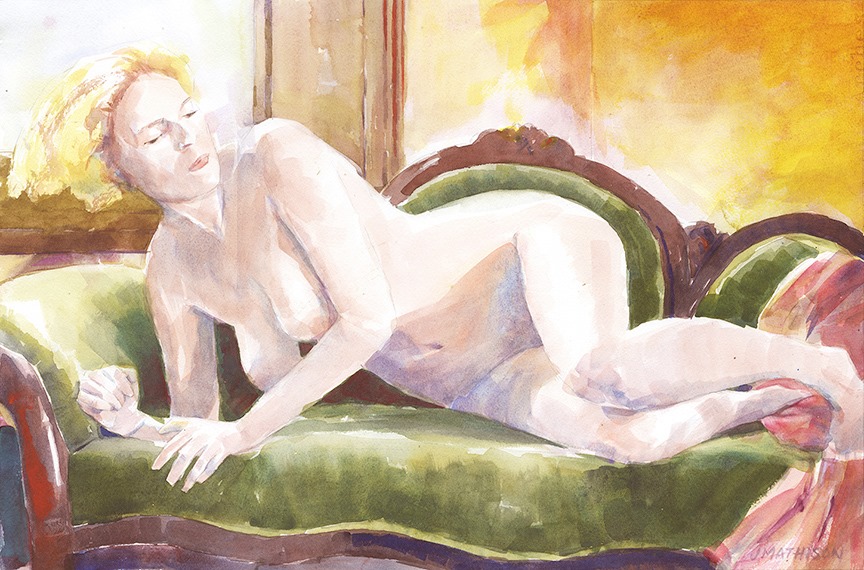
… “is art created in a realistic (representational) manner using traditional techniques. I love that I can use time honored techniques in new ways to express and record visually subjects of today in my portrait and figurative work.” ~Nanette Fluhr
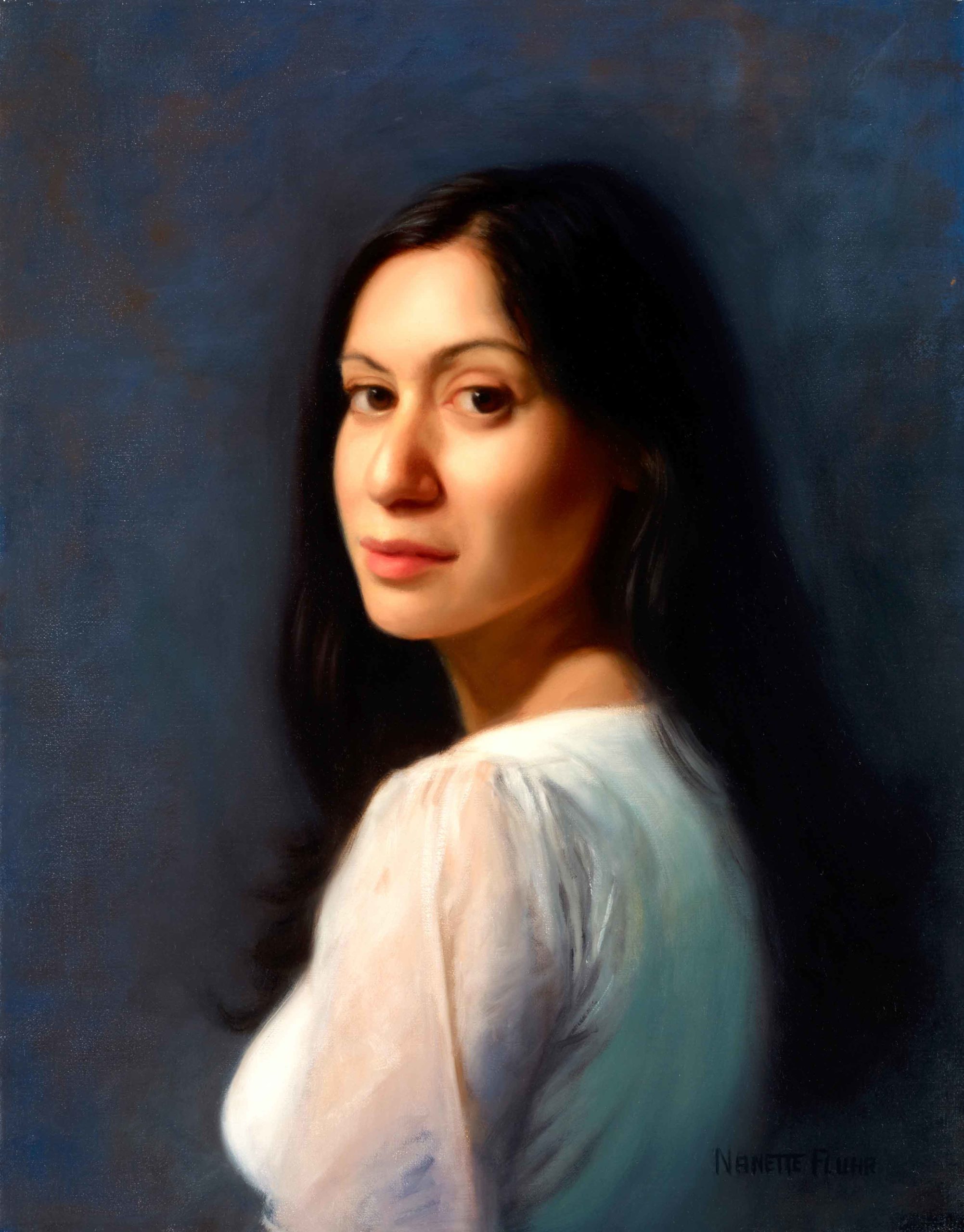
… “is something that is made in the current time…and is representational in nature, ideally past a certain fidelity.” ~Julie Beck
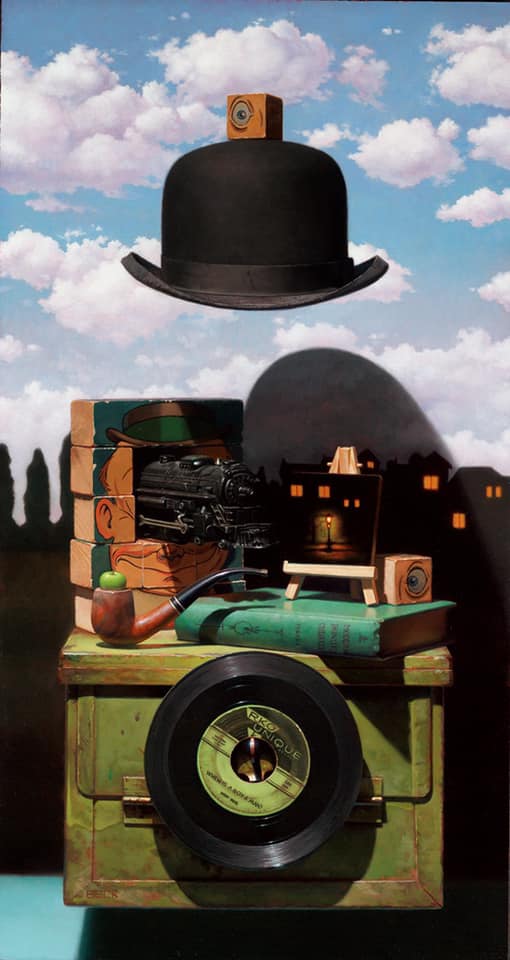
What are your thoughts? Share them with us in the comments below!
Visit EricRhoads.com (Publisher of Realism Today) to learn about opportunities for artists and art collectors, including: Art Retreats – International Art Trips – Art Conventions – Art Workshops (in person and online, including Realism Live) – And More!


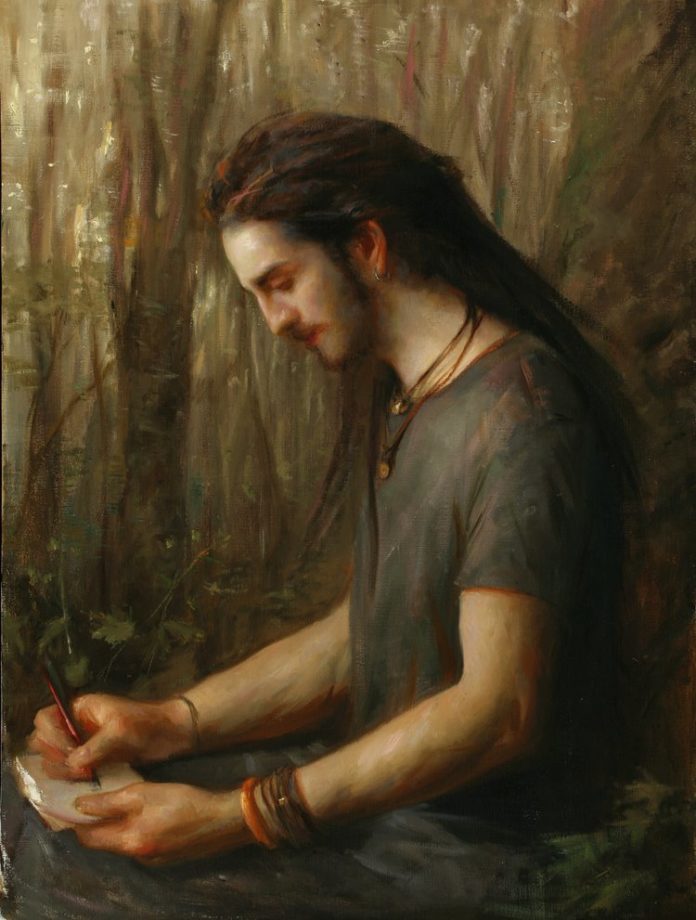



I am still puzzled by these terms “contemporary realism” “Modern realism” etc. So often I see these discussions debating this and it almost always leaves landscape paintings out, and wildlife etc. Does a landscape painting that is recognizable for what it is, where it is, perhaps containing moods of wild weather or the opposite, peacefulness not also belong to the definition realism somewhere ?
I have called my work realism, with no foreword for a long time. Perhaps I need to create a word before “realism” or does it not even belong in that category? Please be sure I am not complaining that it isnt included in some way, just trying to understand where work like mine fits. I look forward to some comments here.
Would not the work of Richard Schmid be a perfect example of Modern Realism?
Especially his landscapes? Even his still lifes of flowers and dolls are not tight
or rigid. There are many artists today creating “modern realistic” pieces.
Marine subjects especially.
Comments are closed.